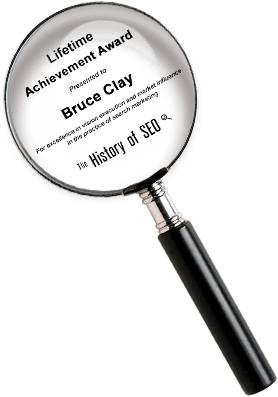How Google’s AI Overviews Are Changing Click Behavior and SEO Metrics
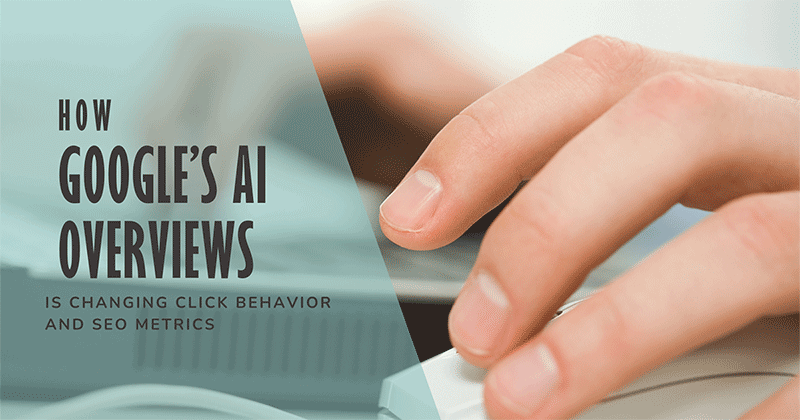
Adapting SEO strategies for a world where AI alters user trust and clicks
Google’s AI Overviews are changing the way people interact with search results. These summaries are AI-generated, and they give fast, direct answers. Now, users don’t even need to scroll down the page and click through to a website.
That may be convenient for searchers, but not so much for SEOs — new headaches, challenges and opportunities await.
This shift has sparked questions: How are AI Overviews affecting click behavior? Which traditional SEO metrics still matter? And how should marketers adapt their strategies in a world where ranking doesn’t always mean traffic?
In this article, we’ll explore what’s changing, what’s not and how to future-proof your SEO approach for AI-powered search.
- Understanding Google’s AI Overviews
- The Shift in User Click Behavior
- New-ish SEO Tactics and Metrics for AI-Powered Google Search
- Final Thoughts
- Quick Solutions
- FAQ: How are AI Overviews changing the way users engage with and navigate modern search engine results?
- About Us
Understanding Google’s AI Overviews
Google’s AI Overviews provides a summarized answer to a person’s query in Google Search.
Powered by Google’s Gemini AI model, AI Overviews is based on the content in the Google search results, blending the information from multiple websites into one summary. Google links out to the sources it cites.
Often, but not always, the summary appears before traditional organic listings.
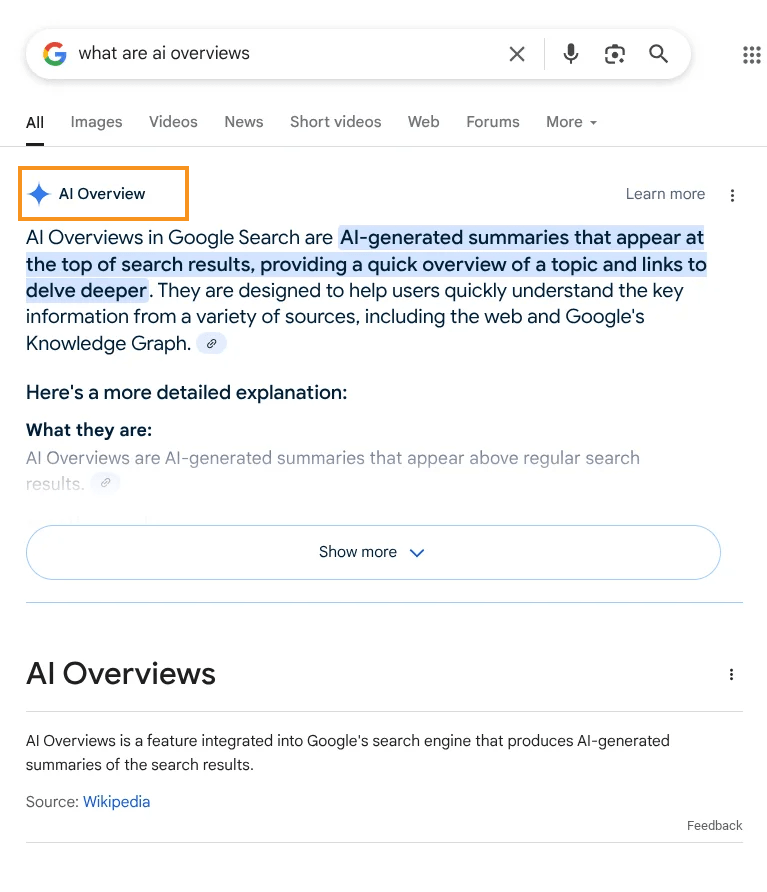
As of Q1 2025, Google’s AI Overviews reportedly reached 1.5 billion monthly users (which practically means 1.5 billion impressions). This shows a massive shift in how information is presented (and potentially consumed) in search.
At Google Search Central Live NYC in March 2025, Google’s Danny Sullivan explained further how AI Overviews work to display information:
- AI Overviews is designed to anticipate what users might ask next.
- AI Overviews works to display insights users may not have explicitly searched for but are likely to want next.
- Links in Overviews aren’t the same as traditional search rankings.
- Relevance to the summary matters more than rank.
- Google aims to present a complete summary, trained to avoid redundancy and prioritize viewpoint diversity.
SEO fundamentals still matter. Sullivan reiterated the best path to visibility is still through high-quality, helpful content. Pages that clearly address questions or demonstrate expertise tend to feature prominently in AI-generated responses.
Imagine a solution built for your team’s search visibility, not just impressions.
How do I unify my marketing disciplines under a single operating system?
The Shift in User Click Behavior
The “zero-click” narrative is evolving.
And while it’s true that AI Overviews often answer queries directly in the search results — leading to fewer clicks in some cases — recent studies show that the impact on click-through rates (CTR) isn’t uniform across all industries or query types.
A Q4 2024 study from Advanced Web Ranking reported that when AI Overviews appear, CTR for top-ranking websites in informational queries like “what,” “when” and “how” drops noticeably.
For example, the top four organic results on desktop lost a combined 7.31 percentage points in CTR.
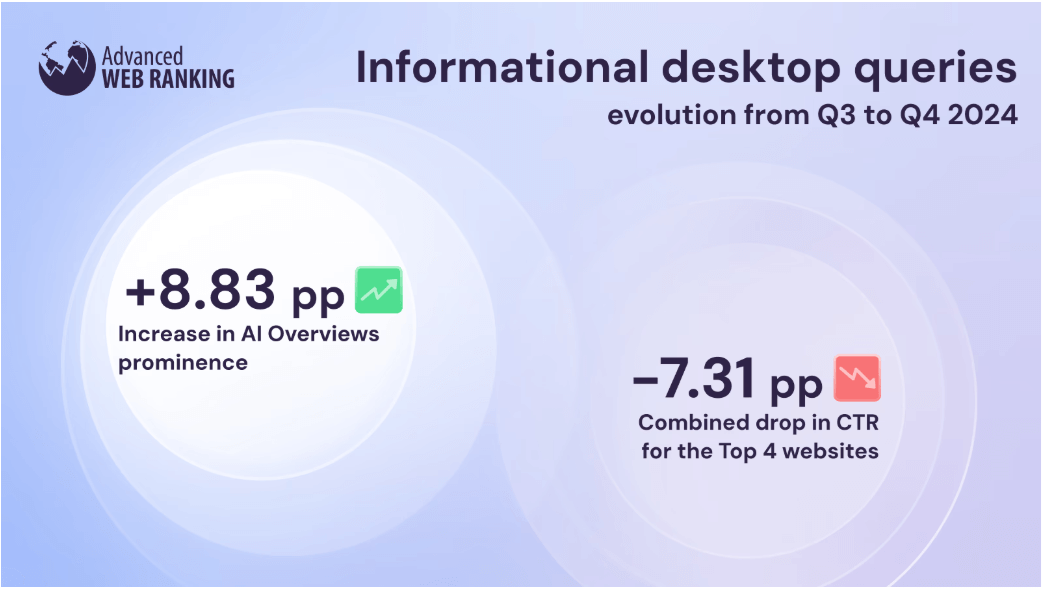
However, the same study found that certain verticals are actually experiencing gains:
- The legal and politics sectors saw a 7.39 percentage point increase in CTR and a 68.66% rise in search demand.
- The education sector recorded a nearly 6% increase in CTR for top results.
Other studies show mixed results, too.
According to TrustRadius research, 90% of B2B buyers click through to cited sources in AI Overviews to validate the content before acting. This suggests that AI-generated summaries may drive clicks when users seek to verify information.
On the other hand, a May 2025 AI Overviews study conducted by Semrush found that keywords that trigger AI Overviews show higher zero-click behavior, and speculated it was due to their informational nature.
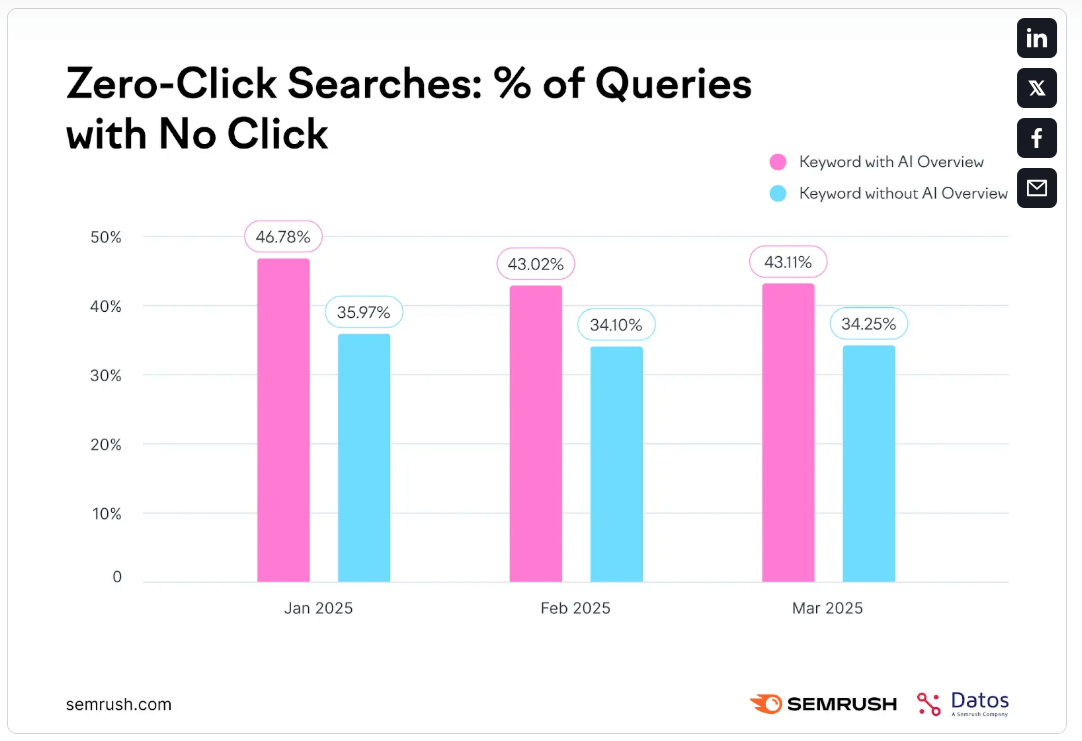
Despite interest from the SEO community, Google has declined to share detailed data on how AI Overviews affect CTR across different verticals or query types.
Would you like a solution that gives your team clarity in a mixed-metric SERP world?
How do I diagnose visibility gaps in Gemini and AI Overviews?
New-ish SEO Tactics and Metrics for AI-Powered Google Search
SEO is not dead, and Sullivan reiterated that at the Google NYC event. However, how we do things may be shifting slightly — and what we track is shifting, too.
Traditional metrics may no longer be enough to show the full picture of success in an AI Overviews world. For instance, you might see more visibility in search but fewer clicks.
Here are some ways to shift SEO focus in an AI Overviews world:
Tap into audience research. Rely on marketing techniques like building personas to get a better sense of the problems your audience is trying to solve, then create content around that.
Start with in-depth, original content. AI-generated summaries may prioritize content that offers unique insights, expert perspectives or original research. Avoid generic surface-level content to deliver something of real value.
Focus on content structure, clarity and relevance when organizing information. Make use of clear headings and scannable formatting. Directly but thoroughly answer potential questions from your audience.
Add structured data and semantic markup. Applying schema markup (FAQs, product info, how-to steps) as well as semantic HTML will allow AI to quickly understand your content’s context and relationships.
Track visibility in AI Overviews. Measure whether and how often your content appears in AI-generated summaries. Visibility without clicks can still be a brand awareness win.
Decide if your content is used in AI-generated results. The Google-Extended control lets site owners prevent their content from being used to train or respond through Google’s AI models, such as Gemini, without impacting how the site appears in traditional search.
While Google may cite websites that rank outside the traditional 10 blue links, research and anecdotal experience suggest that if your content doesn’t rank well in Google, it has less of a chance to appear in AI Overviews.
One study by Rich Sanger and Authoritas found that 46% of AI Overview citations come from the top 10 organic search results. Our analyses suggest you need to be in the top 20 for a better chance of inclusion in AI Overviews.
Imagine a method that helps your team surface in the answers AI gives next.
How do I prioritize content for AI snippet inclusion and funnel depth?
Final Thoughts
AI Overviews is a fundamental shift in how information is retrieved and displayed in Google Search. With billions of impressions each month, they’re reshaping what it means to earn visibility online.
As AI takes center stage in search, marketers must adapt. SEO isn’t going away any time soon. It’s evolving — yet again — especially in the way we measure and execute it.
Those who align their strategies with how AI finds, interprets and cites content will be best positioned to compete.
Would you like a strategy that helps your team thrive in AI-powered search?
How do I govern real-time AI SERP shifts without losing rankings?
AI Overviews impacting your traffic and brand visibility in search?
Let’s analyze your current SEO position and map a plan forward.
Quick Solutions
- How are AI Overviews changing the way users engage with and navigate modern search engine results?
- How do I unify my marketing disciplines under a single operating system?
- How do I diagnose visibility gaps in Gemini and AI Overviews?
- How do I prioritize content for AI snippet inclusion and funnel depth?
- How do I govern real-time AI SERP shifts without losing rankings?
FAQ: How are AI Overviews changing the way users engage with and navigate modern search engine results?
AI Overviews are reshaping user behavior in a way we haven’t seen since Google introduced featured snippets. With AI now summarizing and answering questions directly at the top of the search results page, users are often getting what they need without ever clicking through to a website.
This zero-click trend isn’t new, but AI Overviews have accelerated it. Instead of scrolling through ten links and evaluating sources, searchers now interact with a condensed, AI-generated response that pulls content from across the web — often without attribution or a clear path to the original source.
This changes the rules of engagement. Visibility has evolved over time from ranking in organic positions to being included in AI systems’ summaries of content. Your content has to do more than rank well; it must also be extracted, authoritative and optimized so that AI systems can understand it and elevate it appropriately. Entities, semantic relevance, formatting styles and question-driven topics all play a part in how your material may or may not be utilized by AI systems.
User trust and interaction have also shifted. When AI presents an overview, users tend to scan and accept it as a definitive answer, especially if it’s formatted cleanly and appears complete. This reduces their likelihood of clicking into deeper content unless the question is complex or the AI answer lacks nuance.
The path from query to conversion has gotten shorter — and narrower — requiring brands to adapt by showing up where the conversation starts, not just where it continues.
Finally, AI Overviews are making user journeys more fragmented. Instead of linear paths from homepage to product, users are entering your funnel midstream — via an answer box, voice search, or AI snippet. To meet them where they are, your content needs to perform across all these surfaces while also guiding users to a next step.
24-Step Action Plan for Optimizing AI Overviews
- Identify pages losing traffic since AI Overviews launched
- List keywords now triggering AI Overviews
- Spot competitors featured in AI summaries
- Audit your site’s entity presence in Google’s Knowledge Graph
- Find gaps in long-tail or question-based content
- Rewrite intros to answer questions clearly and immediately
- Add FAQ sections to key pages
- Use schema markup (FAQ, HowTo, Article, etc.).
- Build topical content hubs around core themes
- Group related content into logical silos
- Improve page speed and mobile usability
- Use semantic HTML and proper heading structure
- Fix crawl errors and ensure all key pages are indexed.
- Strengthen internal linking between related pages
- Use canonical tags to consolidate duplicate content
- Train writers on AIO-optimized content formatting
- Share AI Overview insights with dev and UX teams
- Align content with common voice search phrasing
- Assign ownership for AIO tasks across departments
- Track featured snippet and AIO appearances weekly
- Monitor click-through rates for AIO-impacted queries
- A/B test question phrasing in FAQs
- Refresh outdated or underperforming content quarterly
- Report AIO visibility trends in your SEO dashboards
About Us
At Bruce Clay Inc., we’ve been helping businesses earn visibility in search since before Google even launched — and we’ve seen every evolution since. Today, AI Overviews represent one of the biggest shifts yet. Our team is leading the charge in adapting SEO strategies for this new landscape — with frameworks built specifically for AI-powered search.
We don’t chase trends. We develop systems that help clients surface in AI-generated summaries, reclaim lost traffic and ranking, and future-proof their digital presence to prepare for whatever comes next.
26,000+ professionals, marketers and SEOs read the Bruce Clay Blog
Subscribe now for free to get:
- Expert SEO insights from the "Father of SEO."
- Proven SEO strategies to optimize website performance.
- SEO advice to earn more website traffic, higher search ranking and increased revenue.

6 Replies to “How Google’s AI Overviews Are Changing Click Behavior and SEO Metrics”
Google’s AI Overviews are definitely reshaping how users interact with search results. What I find most interesting is how these summaries are reducing traditional blue-link clicks, especially for informational queries. This means SEO is no longer just about ranking — it’s about earning visibility inside AI-generated answers.
This is an interesting breakdown of how AI is changing how people search. The drop in clicks really highlights the need to rethink traditional SEO strategies.
It is now essential for visibility to adapt to content in SERPs that is generated by AI. Thanks for the insightful information; digital marketers should definitely read this!
This is the most significant shift in search behavior since featured snippets. AI Overviews satisfying queries directly on the SERP will undoubtedly crater click-through rates for informational content. The focus must now shift from ‘ranking first’ to ‘providing the definitive answer’ worthy of being sourced. This fundamentally rewrites SEO priorities.
AI Overviews are definitely reshaping how people interact with search results. With more answers appearing directly on Google, it is crucial for SEOs to adapt strategies to capture attention beyond the overview box. Great read and thanks for sharing!
LEAVE A REPLY


